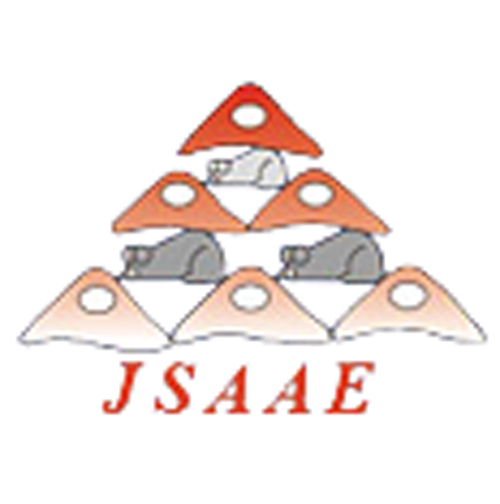Contents
CYTOTOXIC EFFECTS OF ETHANOL ON A HUMAN HEPATOMA CELL LINE, PLC/PRF/5
K. KINO1, F. MORIYA2, K. KAWASHIMA1, T. OHNO3, and M. NAMBA4
1Department of Surgery, 2Department of Legal Medicine, 4Department of Cell Biology, Institute of Molecular and cellular Biology, Okayama University Medical School, 2-5-1 Shikata, Okayama 700, Japan. 3RIKEN Cell Bank, Koyadai, Tsukuba Science City, Japan.
AATEX1(4):183-186
Abstract
The cytotoxic effects of ethanol on the colony forming efficiency of PLC/PRF/5 human hepatoma cells were investigated. When ceils were inoculated into plastic dishes and incubated in a CO2 incubator (open system), no cytotoxicity was observed with concentrations of up to 1% of ethanol in the culture medium. However, when flasks were used and their caps were tightly closed (closed system), some cytotoxicity was demonstrated, the lethal dose of ethanol for 50% cell death being 0.64 + 0.04%. The contrasting results in the open and closed systems were due to the evaporation of ethanol, since ethanol was very rapidly lost from the culture medium under the open system, whereas there was no substantial loss of ethanol under the closed system. The present results indicate that a closed system should be used to evaluate cytotoxic effects of volatile substances such as ethanol.
THE FIFTH ANNUAL MEETING OF JSAAE(1991)
HIROSHI ONO
Hatano Research Inst.,Food and Drug Safty Center
(pp.187)
PROCEEDONGS OF THE 5TH ANNUAL MEETING OF JAPANESE SOCITY FOR ALTERNATIVES TO ANIMAL EXPERIMENTS
HADANO, NOV. 13-14, 1992
(pp.191)
FEATURES AND PROSPECTS OF THE MEIC CYTOTOXICITY EVALUATION PROJECT
BJORN EKWALLDepartment of Toxicology, University of Uppsala, Biomedical Center, Box 594, S-75124 Uppsala, Sweden
AATEX1(4):231-237AbstractThe Multicenter Evaluation of In Vitro Cytotoxicity (MEIC) is an international programme organised by the Scandinavian Society for cell Toxicology. The program started 1989 and will end in 1994. As an update of the original, detailed 1989 description of MEIC, this paper presents the actual aims, main assumptions, design and evaluation methods of the study. The present status of the testing activities and the preliminary evaluation performed are accounted for. Finally, the prospects of MEIC are discussed. The study may contribute to a future reduction of animals in toxicity testing. Results of the study could also lead to a more rationale science of toxicology, based on the reactions of cells and cellular receptors, rather than on the reactions of animals.
PRESENTATION OF THE SCANDINAVIAN SOCIETY FOR CELL TOXICOLOGY
BJORN EKWALL
Department of Toxicology, University of Uppsala, Biomedical Center, Box 594, S-75124 Uppsala, Sweden
AATEX1(4):238

